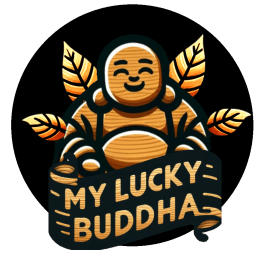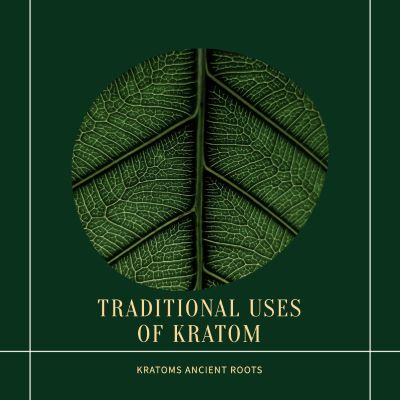For centuries, kratom has played a significant role in the lives of farmers and laborers in Southeast Asia. In regions like Thailand, Malaysia, and Indonesia, farming is a cornerstone of daily life. Kratom was traditionally used to support long hours under the sun.
Kratom Farming: Long days in the Field
Farming is physically demanding work, requiring sustained energy and endurance. Farmers and laborers often consumed kratom to combat fatigue and increase stamina. Some studies suggest that kratom may interact with specific receptors in the brain, potentially leading to increased energy levels and a reduced sense of tiredness.
A Cultural Connection
Kratom’s use in the fields wasn’t just about its practical benefits, but it also played a role in uniting the farming communities’. Sharing kratom with fellow workers was a way to bond, create companionship, and build a sense of community. This cultural aspect highlights the importance of kratom beyond its functional uses.
Modern Perspectives
While traditional uses of kratom provide valuable insights, ongoing research continues to explore its potential benefits and risks. You’re curious about kratom, you can find documentaries and books that have valuable insights. Nonetheless, it’s important to consult with a healthcare professional for personalized guidance.
Disclaimer: The information provided in this article is for educational purposes only and does not constitute medical advice. Kratom is not intended to diagnose, treat, cure, or prevent any disease. Always consult with a healthcare professional before using any new supplement or substance. The legal status of Kratom varies, so please check local laws before purchasing or using it.


